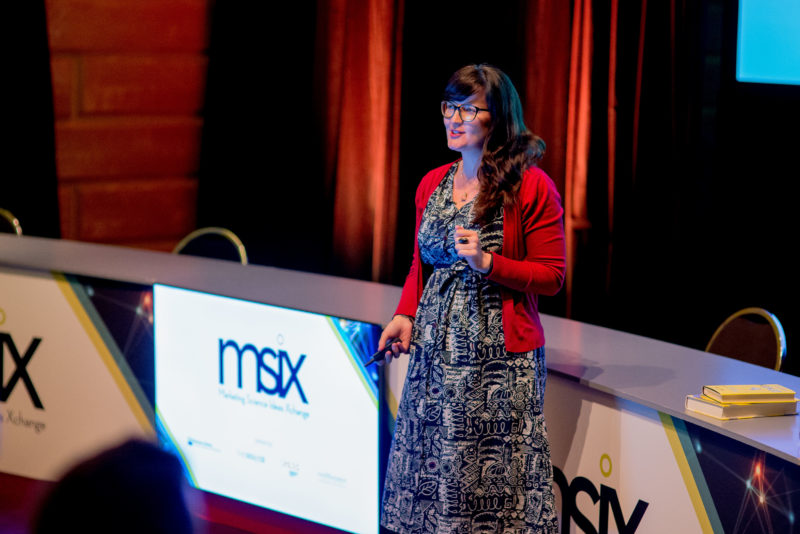‘Chocolate covered broccoli’ destroying games as brands try to capture consumers
Corporates are “hijacking” game design with “chocolate-covered broccoli” as they use games to lure consumers to their brands, psychologist and creator of the Digital Nutrition framework Jocelyn Brewer has said.
Brewer told an audience at Mumbrella’s Marketing Science Ideas Xchange criticism of “gamification”, applying elements of game play to other activities, comes from the “corporate hijacking of game design.”

Jocelyn Brewer, psychologist, Digital Nutrition speaking at MSIX conference.
“Consumers are increasingly aware of the attempts of brands to do this and therefore shun it,” Brewer said.


There’s a problem on mumbrella with people commenting on issues that they’re not qualified to (as Ashley Ringrose pointed out). Rumours of Pokemon Go’s death have been greatly exaggerated. Your transcribing of your source (The Conversation?) on numbers is incorrect. It’s not 27m users to 700,000 – it’s daily downloads. Daily downloads would of course decrease as a result of the humongous penetration Pokemon Go achieved. There’s hardly anyone left who didn’t download it. Latest numbers suggest there are still 25-30m regular users, with 1 in 10 US smartphone owners accessing the game regularly (Wired). Is 30 million continuing users and continued profitability in an industry where most games make their profits in the first month is considered a failure? If so, what isn’t?